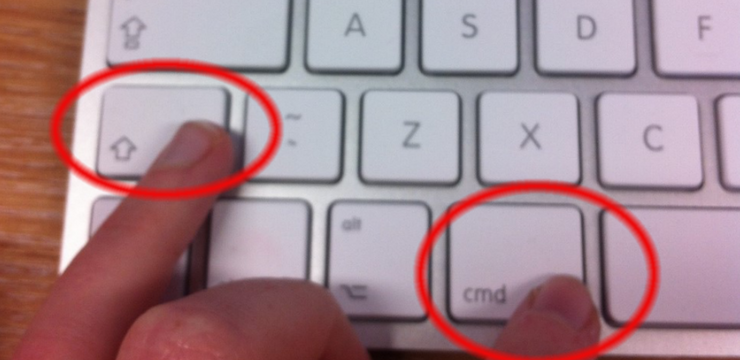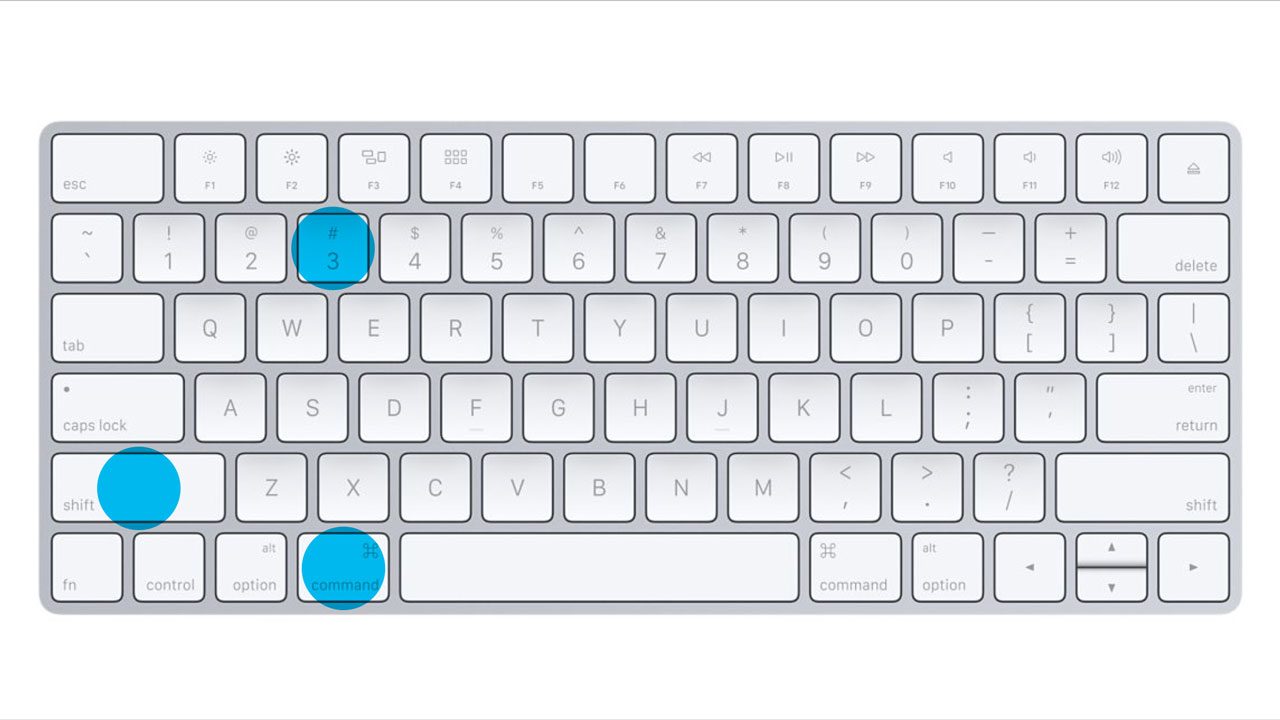Screen Capture On Mac Using Windows Keyboard
There may be times when you need to take a screenshot on your Mac. You might have a software bug to report, an important pop-up, threaded web conversations, or even just a payment receipt you need for your records.
But, if not, then go for the next solutions to fix the 'screenshot on Mac not working' issue. Use Grab to Screenshot on Mac. There are also other ways to take a screenshot on Mac you might don't aware of them. So, instead of taking screenshots using keyboard shortcuts, use Grab to capture screen on your system. The first and most obvious is that a Mac keyboard doesn't have a Windows key. More accurately, it doesn't have a key with the Windows symbol on it, but the one marked command or cmd acts as one.
There are several ways to take a screenshot on a Mac computer running OS X or MacOS operating systems. You can

- Take a screenshot on Mac with Grab Utility.
- Use keyboard shortcuts to grab a screenshot.
- Use third-party applications to take your screenshot.
Keep in mind, you can also record your screen instead of taking a picture by using the QuickTime application.
- In the Microsoft Remote Desktop app on Mac OS X (from the Mac app store), I can't figure out how to take a screenshot. The alternative remote desktop keyboard shortcuts that worked on older versions of remote desktop (like Ctrl+Alt+Plus Key(+)) don't seem to work on this version.
- When you take a Screenshot on Mac, the Screenshot is also saved to the Clipboard. This allows you to paste the Screenshot into Microsoft Word, Excel and other Apps. Press Command + Control + Shift + 3 keys on the keyboard of your Mac. Note: If you are using Windows keyboard on Mac, press Windows + Control + Shift + 3 keys.
- In other words, it brings Mac-style screenshot functionality to Windows 10. To take a screenshot, you can either press the print screen key on your keyboard or click the Lightshot icon on the bottom right of your screen. When you take a screenshot, the screen will dim slightly 3. Click and drag to highlight the area you want to capture 4.
How to take a screenshot on Mac with Grab Utility
Screen Capture On Mac Using Windows Keyboard On Mac
The most common way to take a screenshot on a Mac is by using the built-in Grab application. This application can be found within your Utility folder located inside Finder and Launchpad.

/cdn.vox-cdn.com/uploads/chorus_asset/file/16295204/akrales_190522_3441_0129.jpg)
- Click on Finder or Launchpad to locate the Utility folder.
- Click on Finder.
- Select Applications from the sidebar.
- Locate and double-click the Utilities folder to open it.
- Click on Launchpad and then click again on the Utilitiesbubble to open it.
- Locate the Grab icon inside the Utility folder/bubble and launch the application.


Using the grab application is easy. There is no “windowed” user interface for this application. It is completely controlled from the MacOS or OS X menu bar and/or keyboard shortcuts.
Using the grab application, you can choose four different types of screenshots.
- Selection: This option allows you to highlight the desired area you want to capture. Select Selection or press Shift+Command+A on your keyboard. Click and drag the highlighted box to make your selection.
- Window: The Window option allows you to choose a specific window to capture. Select Window or press Shift+Command+W. Click on the desired window.
- Screen: Choosing the Screen selection lets you to capture the whole screen. Select Screen or press Command+Z. Click anywhere on the screen.
- Timed Screen: The Timed Screen choice captures the whole screen on a ten-second delay. Select Timed Screen or press Shift+Command+Z. Click anywhere on the screen to start the timer.
Choose the option that works best for your needs. Once you have taken the screenshot, a pop-up will appear to show you a preview of your shot. When you close the preview, your Mac will prompt you to save your image. If you are happy with the results, label the image, select a save destination, and click on the Save button. Otherwise, click Don’t Save and try again.
Grab saves in .tiff format automatically. If you need to convert the image into a friendlier format, you will have to do so with another application.
How to take a screenshot on a Mac using keyboard shortcuts
If you do not want to deal with launching the Grab application or converting your images from .tiff to formats such as .png or .jpeg, then you are in luck. Mac has offered a way to take screenshots with keyboard shortcuts for decades now. This little-known feature is easy to use.
- Screen: Press Shift+Command+3 and a
.pngof the entire screen will automatically save to your desktop. - Selection: Press Shift+Command+4, click and drag curser to make your selection. Press Escape (esc) to cancel. A
.pngof your selection will be waiting on your desktop. - Window:Press Shift+Command+4 and the spacebar. Select desired window. Press Spacebar again to return back to selection mode or esc to cancel. A
.pngof the selected window will be saved to your desktop.
If you are using a PC keyboard, the following commands are as follows:
Screen Capture On Mac Using Windows Keyboard Shortcut
- Control is the Ctrl key.
- Option is the Alt key.
- The button with the Windows logo is the Command key.
Newer versions of Mac OS or OS X label the saved file as “Screen Shot” followed by the date and time. Older versions of Mac OS or OS X label the saved file as “Image” followed by a number, but only if more than one file labeled “Image” is located on your desktop.
How to take a screenshot on a Mac using third-party applications
There are numerous applications available for taking screenshots. You can scour the web or look inside the Mac App Store for any screenshot application that might appeal to you.
Screen Capture On Macbook Pro
- Click on the App Store located on the MacOS and OS X dock to launch the application.
- Type the word screenshot in the search box and hit enter.
Be aware that many screenshot applications do cost money. Check to see the cost before you download. If you do decide to download an application that costs money and you are not happy with it, you must remove it promptly in order to receive a refund.
Keep in mind, there are countless applications to try and using them will likely differ from the MacOS and OS X native process.
Lightshot, Apowersoft Screenshot, and Cloud App, are the top-rated applications in this category.
How to record your screen on a Mac using the QuickTime application
Install On Screen Keyboard
To record your screen instead of taking a photo, simply launch the Quickytime.app from Finder or Launchpad and press Control+Command+N on your keyboard.
- When the black box appears labeled “Screen Recording,” click on the Record button.
- Follow the on-screen instructions to finish recording your screen.
If you are a diehard Apple fan and also own iOS devices, you can take screenshots with them by pressing the Home and Lock buttons at the same time. The image will be saved to your camera roll and you can access it through the Photos app.